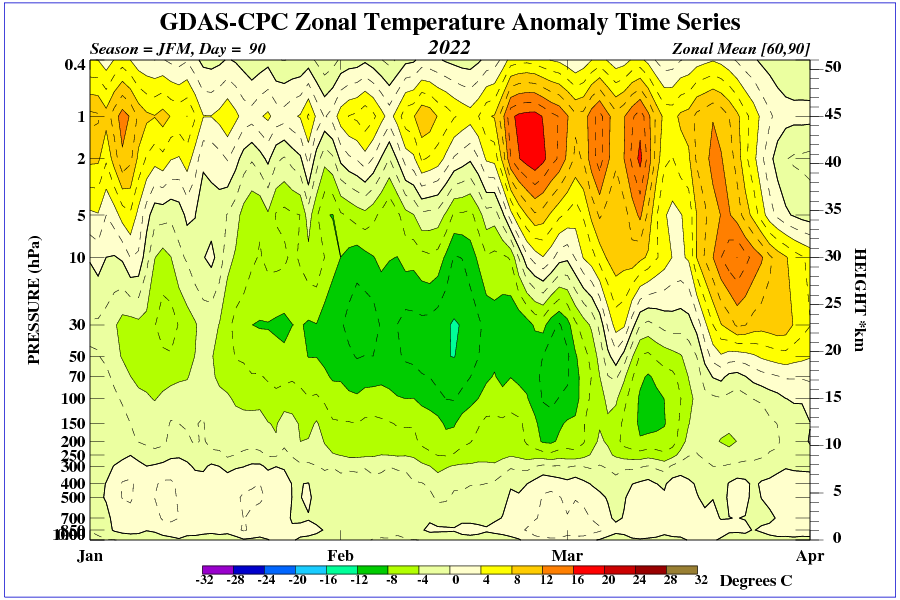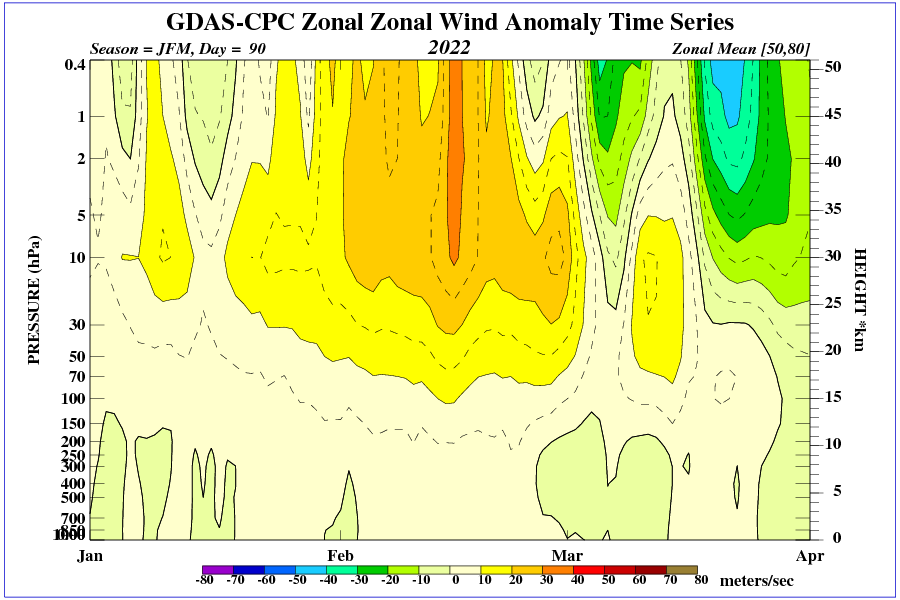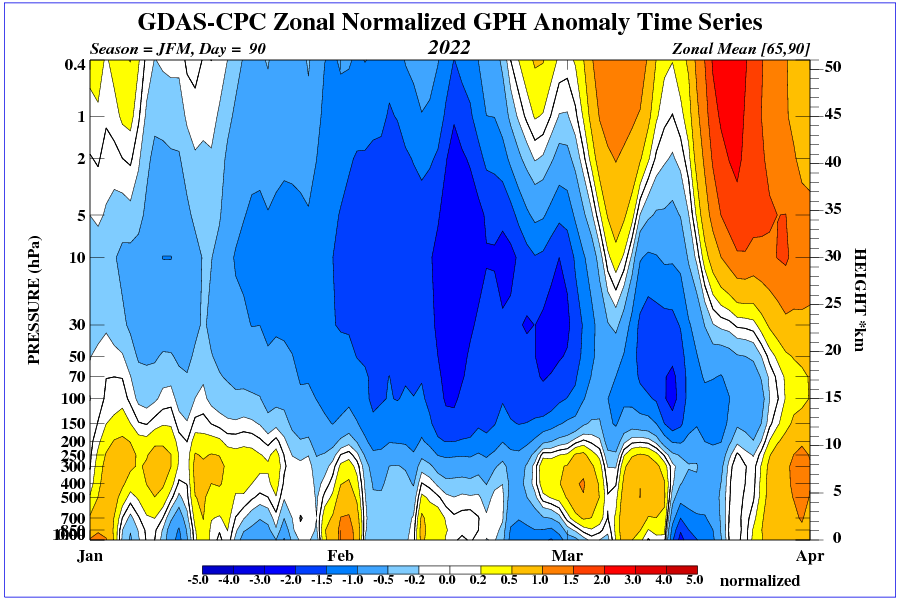
NASA has selected two science missions – the Multi-slit Solar Explorer (MUSE) and HelioSwarm – to help improve our understanding of the dynamics of the Sun, the Sun-Earth connection, and the constantly changing space environment. These missions will provide deeper insights into our universe and offer critical information to help protect astronauts, satellites, and communications signals such as GPS.
“MUSE and HelioSwarm will provide new and deeper insight into the solar atmosphere and space weather,” said Thomas Zurbuchen, associate administrator for science at NASA Headquarters in Washington. “These missions not only extend the science of our other heliophysics missions—they also provide a unique perspective and a novel approach to understanding the mysteries of our star.”
MUSE
The MUSE mission will help scientists understand the forces driving the heating of the Sun’s corona and the eruptions in that outermost region that are at the foundation of space weather. The mission will offer deeper insight into the physics of the solar atmosphere by using a powerful instrument known as a multi-slit spectrometer to observe the Sun’s extreme ultraviolet radiation and obtain the highest resolution images ever captured of the solar transition region and the corona.
The mission will also provide complementary observations from heliophysics research such as the Extreme UltraViolet Spectroscopic Telescope and ground-based observatories.
“MUSE will help us fill crucial gaps in knowledge pertaining to the Sun-Earth connection,” said Nicola Fox, director of the Heliophysics Division at NASA Headquarters. “It will provide more insight into space weather and complements a host of other missions within the heliophysics mission fleet.”
The primary goal of the MUSE mission is to investigate the causes of coronal heating and instability, such as flares and coronal mass ejections, and gain insight into the basic plasma properties of the corona. MUSE will obtain high-resolution images of the evolution of solar flare ribbons in a field of view focused on a large, active region on the Sun.
The principal investigator for the MUSE mission is Bart DePontieu of the Lockheed Martin Advanced Technology Center (LMATC) of Palo Alto, California. This mission has a budget of $192 million. LMATC will provide project management.
HelioSwarm
The HelioSwarm mission is a constellation or “swarm” of nine spacecraft that will capture the first multiscale in-space measurements of fluctuations in the magnetic field and motions of the solar wind known as solar wind turbulence. The Sun’s outermost atmospheric layer, the heliosphere, encompasses an enormous region of the solar system. Solar winds spread through the heliosphere, and their interactions with planetary magnetospheres and disruptions such as coronal mass ejections affect their turbulence.
Studying solar wind turbulence across large areas requires plasma measurements taken simultaneously from different points in space. HelioSwarm consists of one hub spacecraft and eight co-orbiting small satellites that range in distance from each other and the hub spacecraft. The hub spacecraft will maintain radio contact with each small satellite. All radio contact between the swarm and Earth will be conducted through the hub spacecraft and the NASA Deep Space Network of spacecraft communication antennas.
“The technical innovation of HelioSwarm’s small satellites operating together as a constellation provides the unique ability to investigate turbulence and its evolution in the solar wind,” said Peg Luce, deputy director of the Heliophysics Division.
The HelioSwarm mission’s principal investigator is Harlan Spence from the University of New Hampshire. The mission’s budget is $250 million. NASA’s Ames Research Center in Silicon Valley, California, will provide project management.
Funding and management oversight for these missions is provided by the Heliophysics Explorers Program, managed by the Explorers Program Office at NASA’s Goddard Space Flight Center in Greenbelt, Maryland.
For more information on heliophysics missions, visit:
-end-
This is all above my pay grade. But I love the concept of the HelioSwarm, at least I can comprehend what they’re aiming for.
Lets hope the data informs…_
Once again, will those in the UK please sign and circulate this petition…_
https://petition.parliament.uk/petitions/599602
May be or may be not, never to late to learn a bit more.
Some 25+ years ago I got interested in matters solar after helping my daughter with her science homework. It appears she did OK, ended up at Oxbridge and as scientist now works at a company world leader in its field.
Sorry, I digressed a bit.
Sometime after I came across an article with details of a solar scientists symposium quoting scientist Dr. Joan Feynman (yes, the sister of more famous Richard) that the sun has some kind of long memory (centuries long) but now one knows how it works.
I was in process of working out an equation (based on orbital parameters) that was a good fit with historic records, so a bit apprehensive I emailed Dr. Feynman. Surprisingly, she promptly replied with lot of encouragement saying “publish your findings and wait and see how it works out for the next (SC24) cycle”. So I did.
Another friendly scientist brought it attention of Dr. Hathaway of NASA, who dismissed whole thing as ‘not possible’.
By then I learned more and use to get in prolong discussions with Dr. Svalgaard, who btw first started referring to me as Vuk, the pseudoscience cycloramic, which I did not mind at all since I was learning a lot by trying to contradict many of his posts, which was fun.
Anyway, my SC24 formula interpolation came to a decimal point for SC24, beating Dr. Svalgaard’s prediction and leaving Dr. Hathaway’s many miles behind.
All due to the encouragement from Dr. Feynman, and her mentioning the ‘solar memory’.
It appears that she was correct on the memory bit, since this solar minimum looks a good repeat of one from beginning of the last century, with about a month out, as you can see in the graph below.
Current solar minimum
Maybe worth for a seperate thread:
Luc Montagnier, co-discoverer of HIV, dies aged 89
The sun’s corona:
We’re told that it has a temperature of 2,000,000 Fahrenheit and is the outermost layer of Sol.
Very lovely.
Enquiring minds would like to know why El Sol is not radiating energy at 86,499,229,616,603,710 Watts per square metre
(I copied that out of my calculator and, tell me if I’m wrong, about 86.5 thousand trillion Watts)
Is there perhaps a lesson there about ‘Emissivity‘ and ‘Partial Pressures‘ that we could use down here on Planet Earth?
That’s an interesting point.
So does the corona impart any thermal energy to Earth? I’ve read that flares and the like create x-rays, but if the corona is much hotter in temp then does it contribute any IR SW flux to the earth in addition to the IR SW flux coming from the solar surface?
I only say this because – as I understand it – the calculation of the emission temp of the earth (273K) in some calculations I’ve seen, is dependant upon the luminosity, which is related to the temperature of the surface of the 5700K sun (not the corona) which gives the solar constant of 1361 Wm. So does that mean the calculation of the 273K emission temp leaves out the additional heat from the super hot corona as it doesn’t add to the luminosity/surface temp? Does the corona contribute to the luminosity? What am I missing?
I’m kinda assuming that the corona acts a bit like a microwave oven in that the high energy photons hit their target in our atmosphere, cause rotational changes in the molecules which then cool into the thermal bands and raise temps through vibrational modes.
I must be missing something….any ideas?
learning keeps you young…..
” …why El Sol is not radiating energy at 86,499,229,616,603,710 Watts per square metre…”
Temperature alone does not indicate the total energy being emitted from the corona. You would need the total mass of the corona, which turns out to be surprisingly small. The density of the corona is about 4 × 10^8 atoms per cubic centimeter, about ten trillion times thinner than the Earth’s atmosphere (yes, ten trillion as in 10^13) ! So the total mass of the corona is less than the mass of Mount Everest. Ghostly thin.
So, by analogy, the sparks emitted by a fireworks sparkler are intensely hot, over 1000C. But you can’t feel that heat, even a meter away.
I was going to write: “But it’s a dry heat.” I like your response better.
Peta: Fire up your calculator and figure out how many square meters in surface area of a sphere with a 93 million mile radius. Then you should be able to calculate the ratio of sun surface area to the area of a sphere containing earth’s orbit and then watts per square meter received. Should be 1375 or so. I’d be interested in your result. I got a flux of 6.6 E10 which would equate to a sun surface temperature of 10,055 F per SB. But that’s using a emissivity of 1.0. I suspect the corona’s emissivity might be a bit less than 1.
I think (rightly or very likely wrongly) the corona’s main contribution is via ‘coronal mass ejections’ CMEs on the winter weather.
Geomagnetic storms in the winter months cause the stratospheric warming and expansion of stratosphere upwards. Thus the sudden stratospheric warming weakens and splits polar vortex, causing it to lose control of the polar jet stream, which then turns from zonal to meandering meridional circulation.
Consequently cold Arctic air moves further south than would usually do, bringing freezing cold weather to greater part of North America’s continent. Elsewhere warmer subtropical air moves further north so near zero net global temperature effect.
This is as expected, although the total energy of a geomagnetic storm is large in terms of total global thermal energy is the next to negligent.
No noticeable energy gained or lost, by this type of coronal effect.
No, magnetic storms amplify the polar vortex, as we are currently seeing in the northern hemisphere.


Solar wind activity has been increasing since late January.
The frost waves in the U.S. are due to a polar vortex pattern that formed in the fall when the solar wind was still weak.


Thus far I have been amazed by the success of the Parker solar probe. Something you never seem to hear about at all. Already it has made some very interesting discoveries, such as ‘switchbacks’.
It’s a given that left to the alarmists, Nasa wouldn’t bother with the Sun…
“It’s a statistical projection with no physics, so the extent to which it’s believable is unclear.” – Gavin Schmidt.
“Little Ice Age Debunked”
https://www.climate-change-guide.com/little-ice-age-debunked.html
But Schmidt isn’t referring to climate modelling, he’s referring to the idea that the Sun has something to do with climate.
But Schmidt isn’t referring to climate modelling, he’s referring to the idea that the Sun has something to do with climate.
Hopefully he will not believe to be the first to discover the possible link ?!? 😀
Couldn’t be, could it?
I’m not sure schmidt-for-brains even understands what causes the seasons. Or day and night for that matter..
We can send Gavin on a manned mission to the Sun, and to allay his fears of burning up we’ll explain that we will be launching him at night. 😉
The Sun is the Earths heater and giver of life , the more we know about it the better .
And why are the North and South “magnetic” Poles both moving toward the Indian Ocean — at the same time?
omg….monopole….
Magnetic annihilation!
Why spend the money if it’s handled with a small constant in climate models?
And what if it proves the Sun drives climate change more than humans – will that be supressed?
Fundamental science, exploring the operating parameters of our solar system’s central heating and lighting unit. Money well spent!